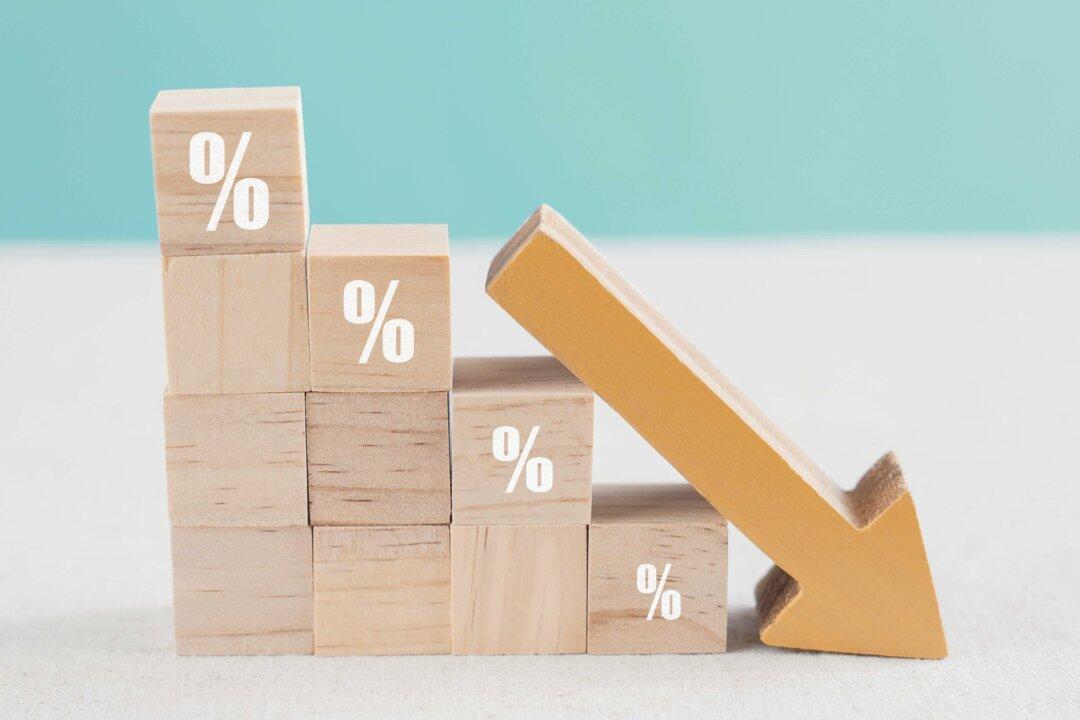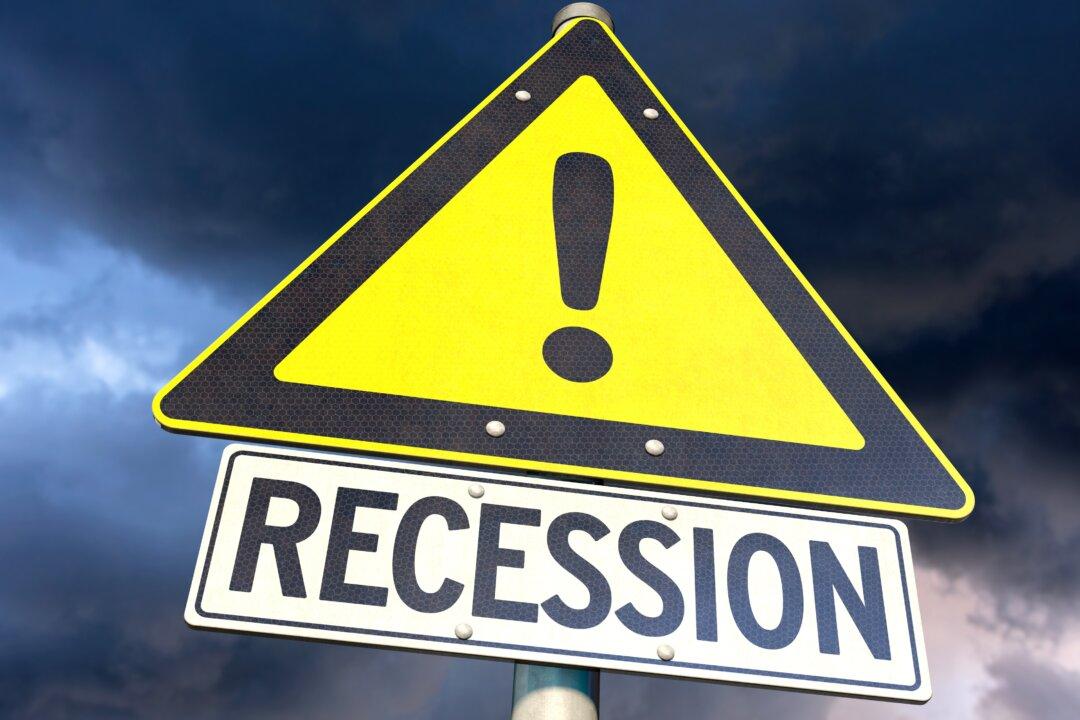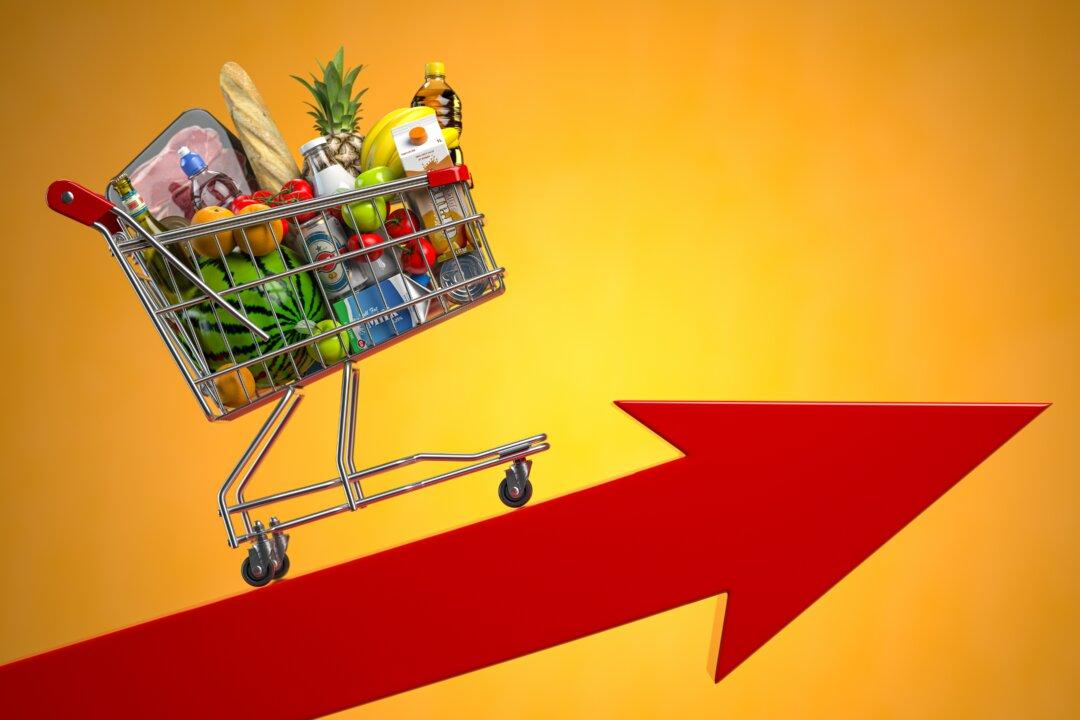Commentary
An absurd yet apt metaphor for this year’s predicament. It is widely believed that U.S. real GDP change in the second quarter of 2022 will tally up less than zero, just as it had during the first quarter. Should this happen (the estimate won’t be released until after this article is written), does that mean the recession did?





